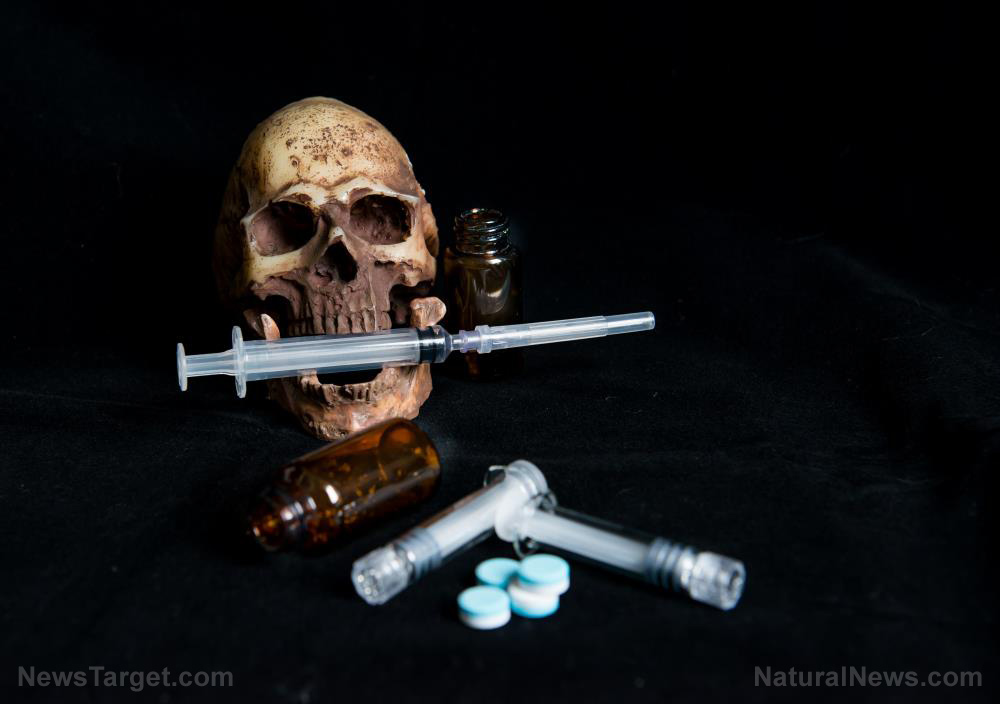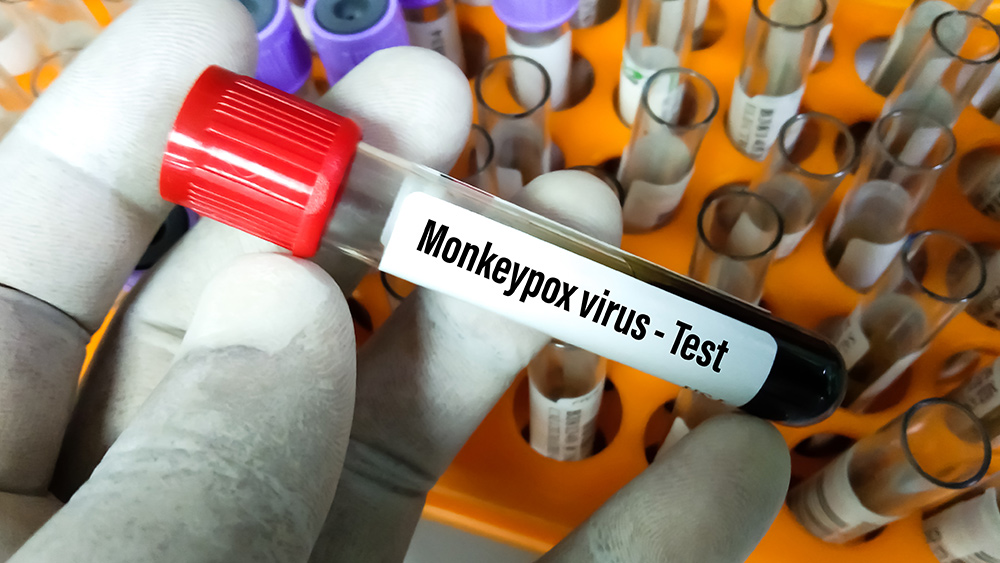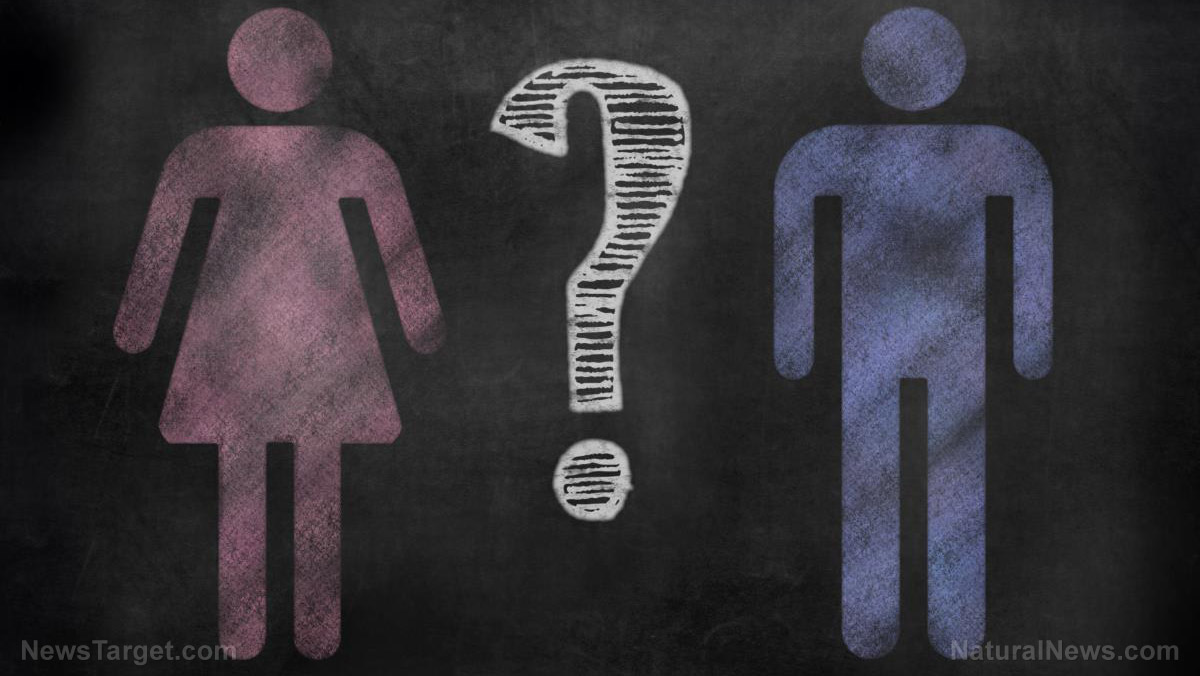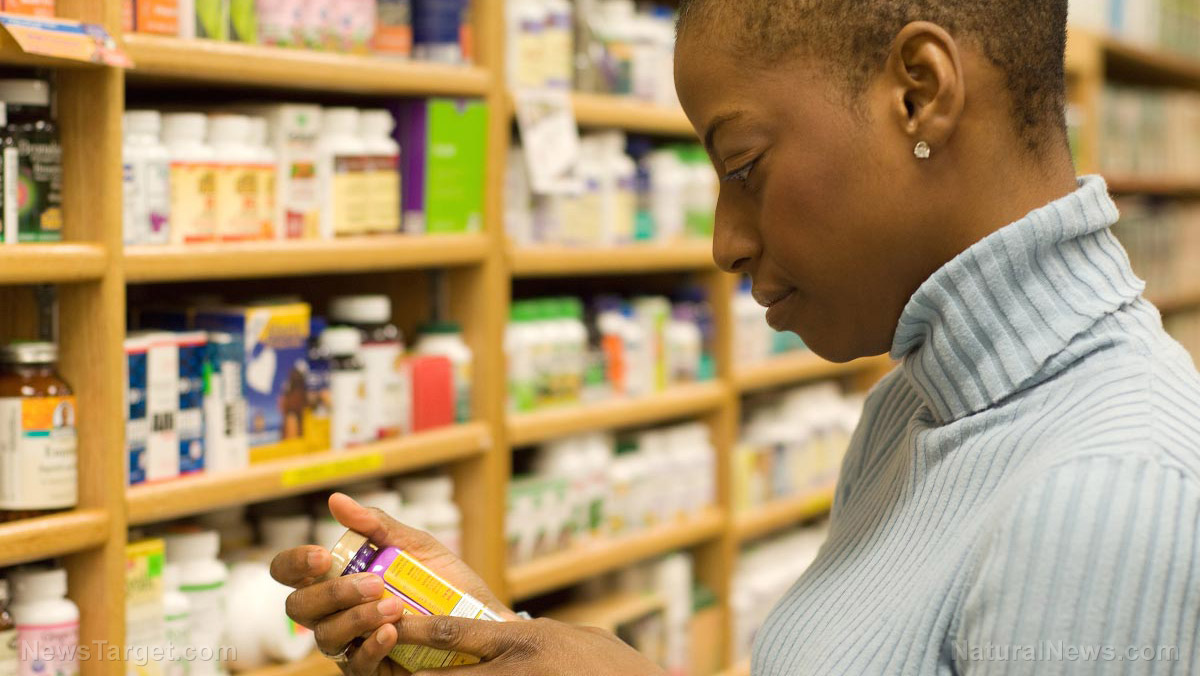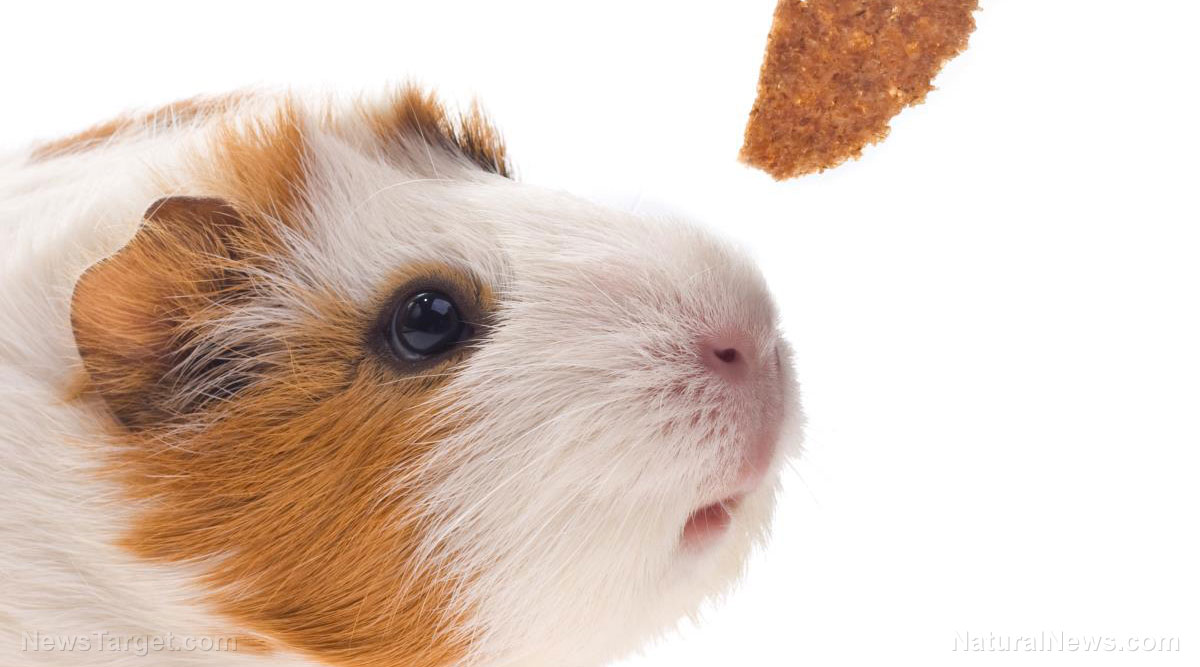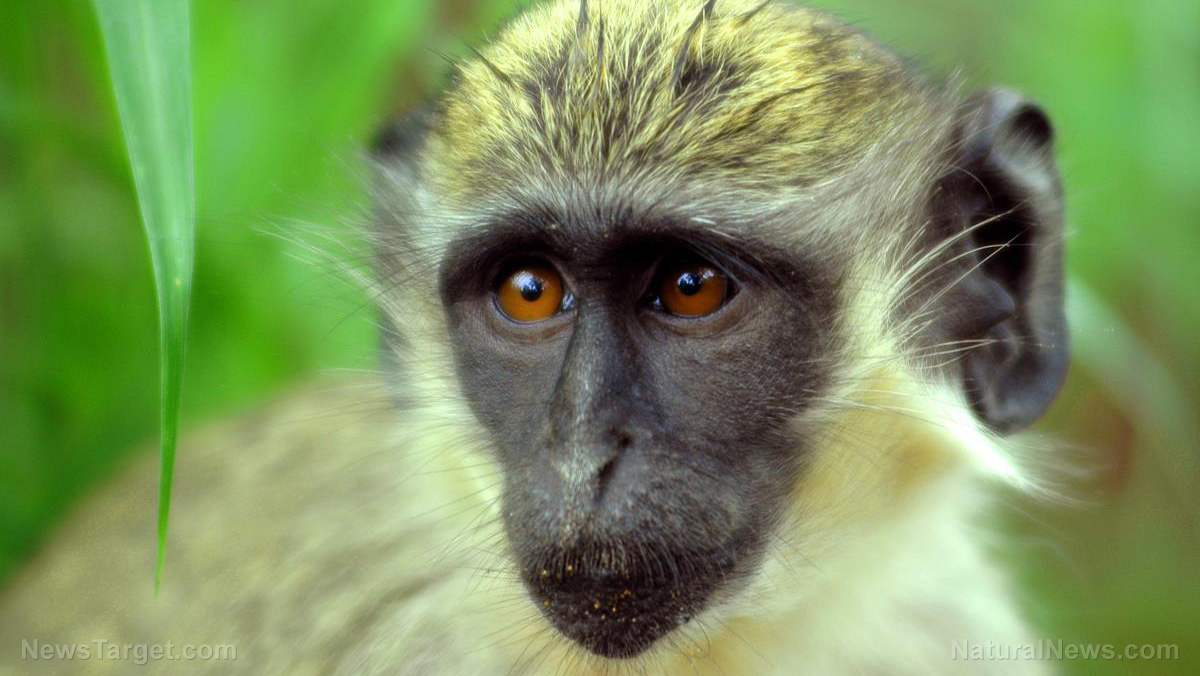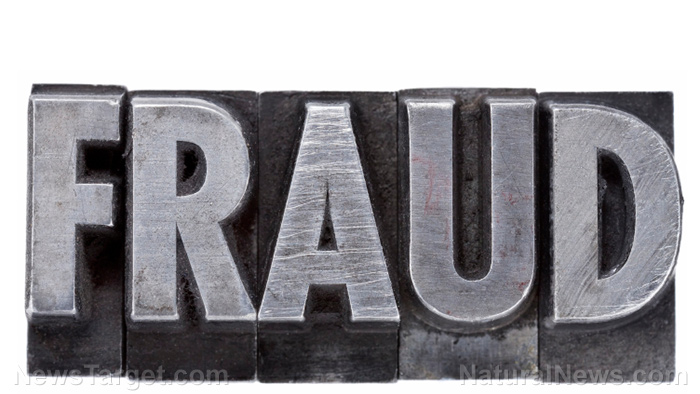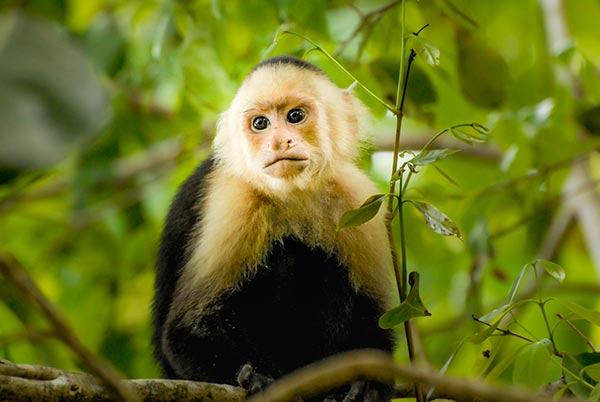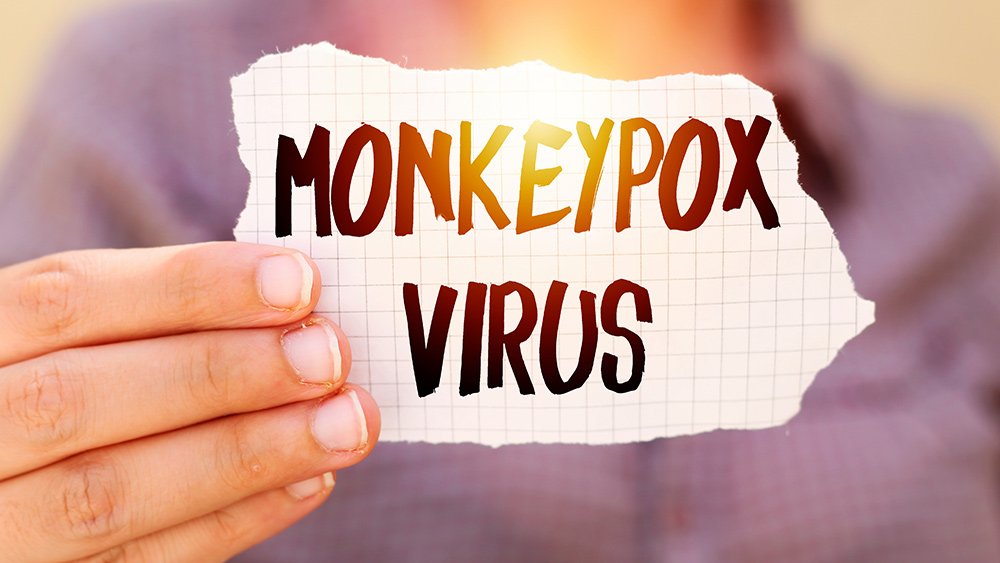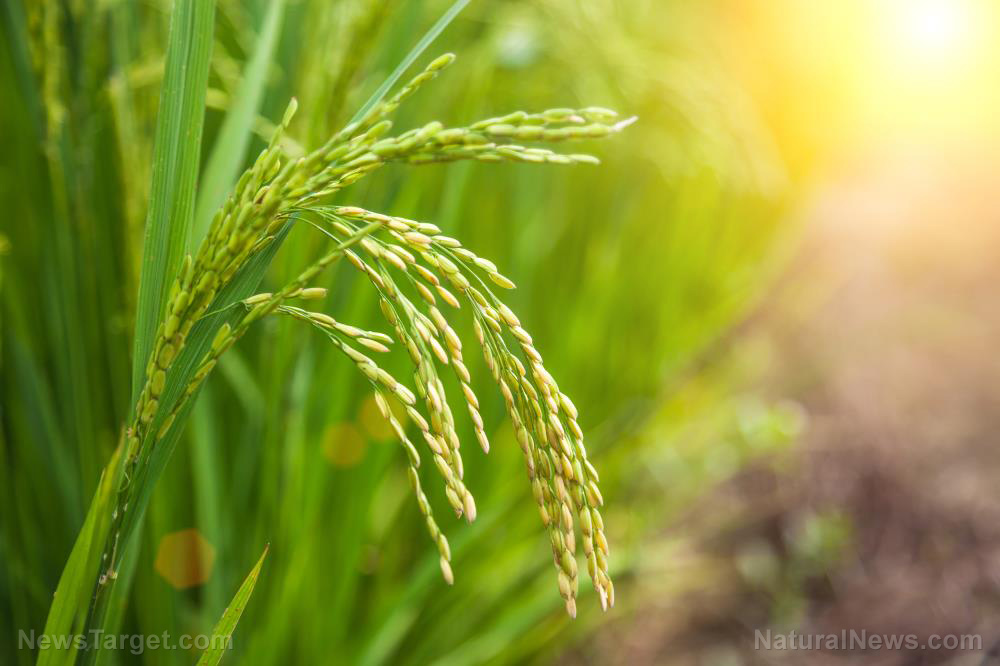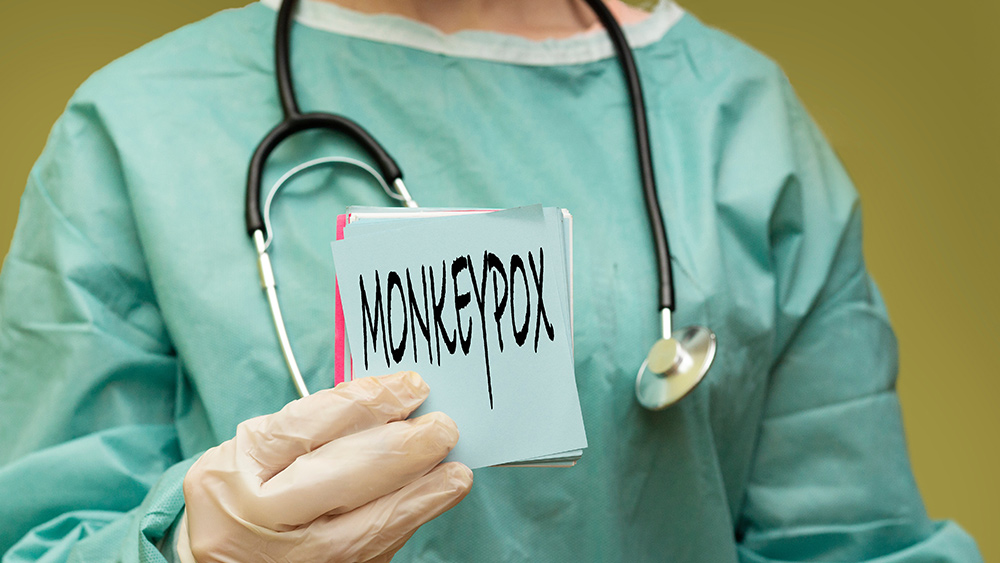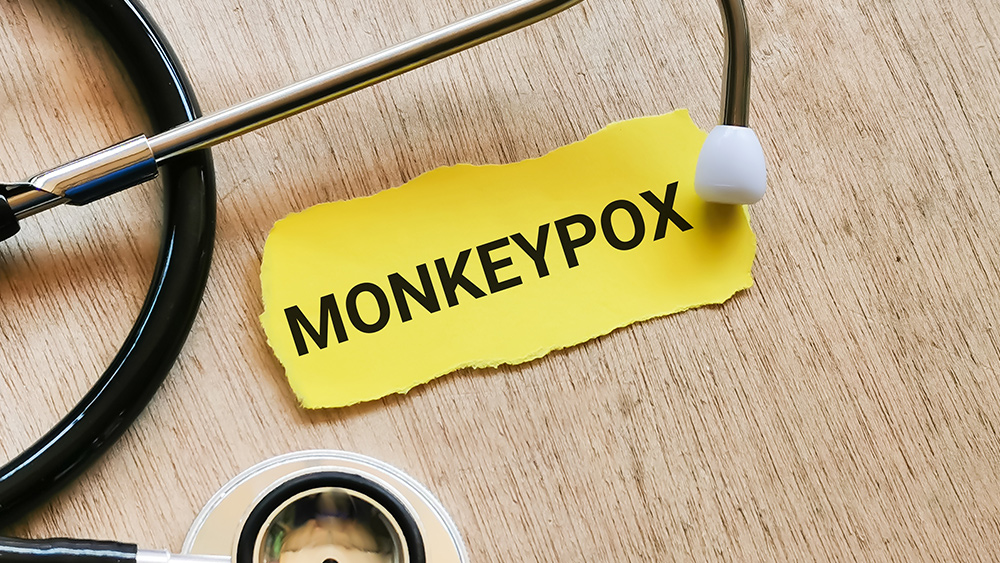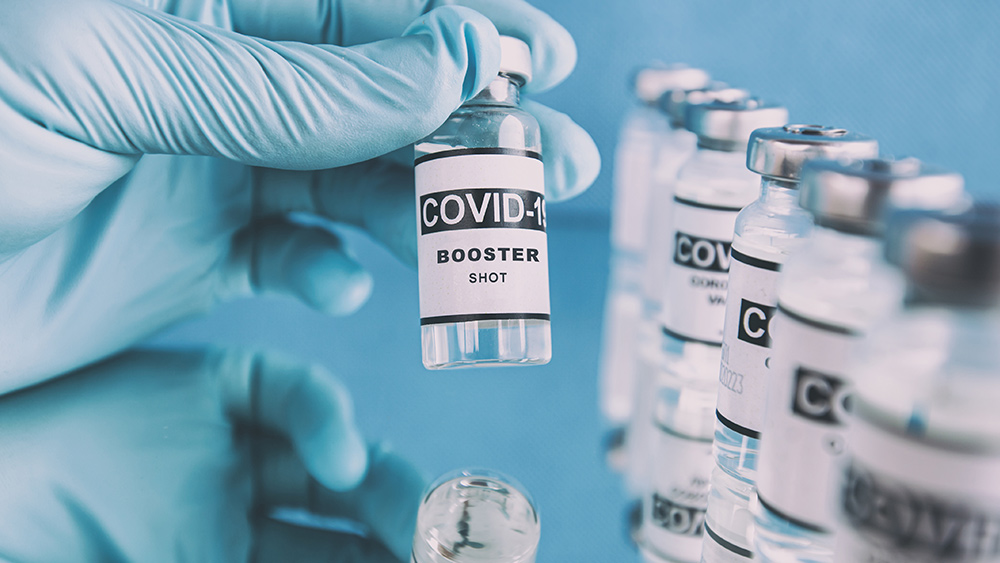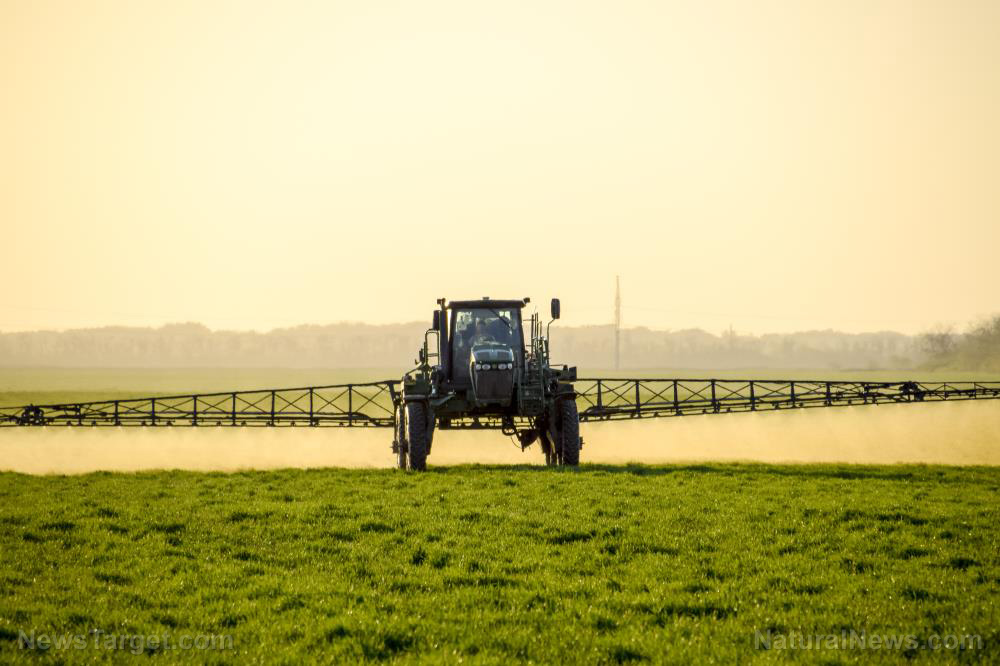Government data: European fruits contaminated with hazardous pesticides increased dramatically over a 9-year period
05/26/2022 / By Mary Villareal

A study of government data showed that European fruits contaminated with the most hazardous pesticides have seen a significant increase over a nine-year period. Around 33 percent of apples and 50 percent of blackberries surveyed had residues of the most toxic categories of pesticides, some of which have been linked to illnesses such as cancer, heart diseases and birth deformities.
Residues on kiwi fruits rose from four percent in 2011 to 32 percent in 2019, while contamination of cherries more than doubled from 22 percent to 50 percent over the same period.
The analysis of nearly 100,000 popular homegrown fruit samples in Europe found a 53 percent rise in contamination by the most hazardous pesticides in nine years.
The survey, conducted by the Pesticide Action Network (PAN) Europe, did not include British produce, but the U.K. imports over 3.2 million tons of fresh fruits and vegetables from the EU each year, which meets around 40 percent of their internal demand.
Nicole Van Dam of the German Centre for Integrative Biodiversity Research said that the reports are “shocking.” She also questioned the necessity of eating healthy when the healthy fruits and vegetables are sprayed with toxins.
PAN Europe spokeswoman Salomé Roynel also pointed out that consumers are in an awful position, as they are told to eat fresh fruit, which is contaminated with the most toxic pesticide residues linked to serious health issues. (Related: The Foods That Are Most Affected by Pesticides.)
Governments have no intention of banning pesticides
“It is clear to us that governments have no intention of banning these pesticides, whatever the law says. They are too afraid of the farming lobby, which depends on powerful chemicals and a broken agricultural model.”
Roynel also said that the chemicals used in the most toxic pesticides have no safe limits, adding that consumers should opt for organic fruits in the summer, especially if they are pregnant or feeding young children.
The research also found that 87 percent of pears in Belgium and 85 percent in Portugal were contaminated by at least one toxic pesticide. Meanwhile, close to a third of all fruits sampled were tainted by hazardous substances in 2019, which was the last data available to researchers.
The most contaminated fruits sampled were blackberries with 51 percent tainted samples, followed by peaches at 45 percent, strawberries at 38 percent and cherries and apricots at 35 percent.
Celery is the most contaminated vegetable at 50 percent, followed by celeriac at 45 percent and kale at 31 percent.
The CropLife Europe trade association said through their spokeswoman, Anika Gatt Seretny, that the presence of substance traces does not mean that the food is unsafe. The European Food Safety Authority (EFSA) has conducted extensive research on the topic, showing that consumer risk from dietary cumulative exposure is below the threshold and not considered a risk factor.
Stefan Van De Keersmaecker, a spokesman for the European Commission, added that EFSA publishes a report on pesticide residues in food products each year, which is generally acknowledged as the most comprehensive report on the issue. It has reported that 98 percent of samples collected comply with the EU legislation.
The commission also claimed that the use of hazardous pesticides dropped by 12 percent in 2019 compared to the 2015 to 2017 period. It is also proposing further cuts of 50 percent by 2030.
In contrast to the commission’s claims, PAN Europe found that contamination figures actually increased dramatically for fruits like apples and cherries by 117 percent and 152 percent, respectively, since 2011. This was the same year that EU governments were supposed to start banning the relevant pesticides. Overall, the study found the proportion of contaminated fruits and vegetables in 2019 to be up 8.8 percent from its 2015 to 2017 baseline.
The report also showed that there is a failure to implement substitution, which has led to an increase in plant and insect resistance to the most hazardous pesticides, leading to increased use of the substances year after year instead of having them phased out. (Related: Pesticides in Food and the Home: Warnings and Alternatives.)
The EU pesticides law is expected to draw up a reform that could contain new reduction targets on June 22.
Follow Pesticides.news to learn about the dangers posed by pesticides to human health and the environment.
Watch the video below for a quick tip on washing pesticides off.
This video is from the Cheri and Timothy McGaffin II channel on Brighteon.com.
More related stories:
America continues to use 100 herbicides and pesticides that are BANNED in other countries.
EPA approves use of toxic pesticide previously banned for use on citrus.
EPA orders Amazon to stop the sale of illegal pesticides.
Sources include:
Submit a correction >>
Tagged Under:
agriculture, big government, clean food watch, crops, environment, Europe, European Food Safety Authority, farming, food contamination, food supply, fruits, grocery, Pesticide Action Network, poison, products, toxic chemicals
This article may contain statements that reflect the opinion of the author

